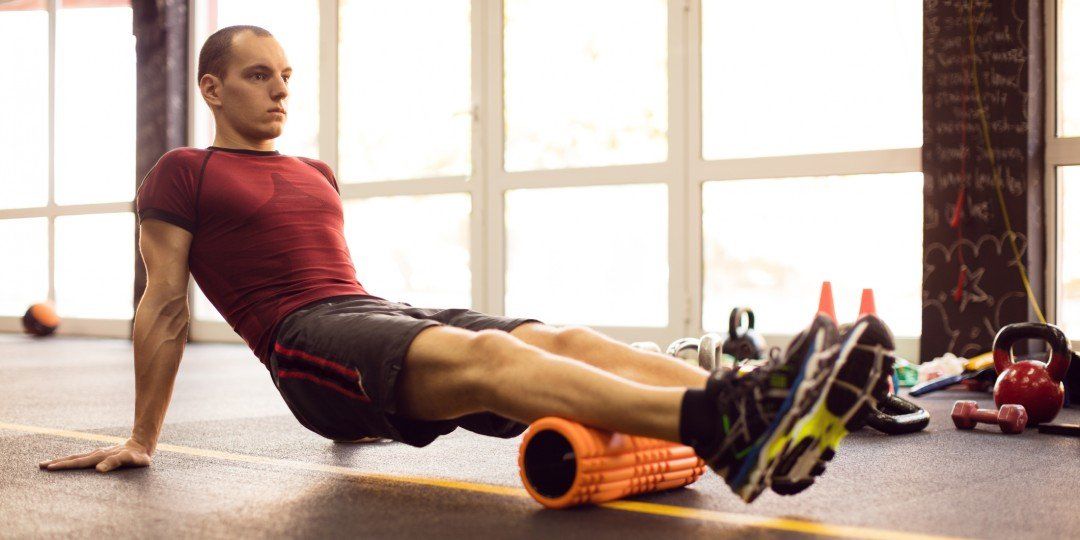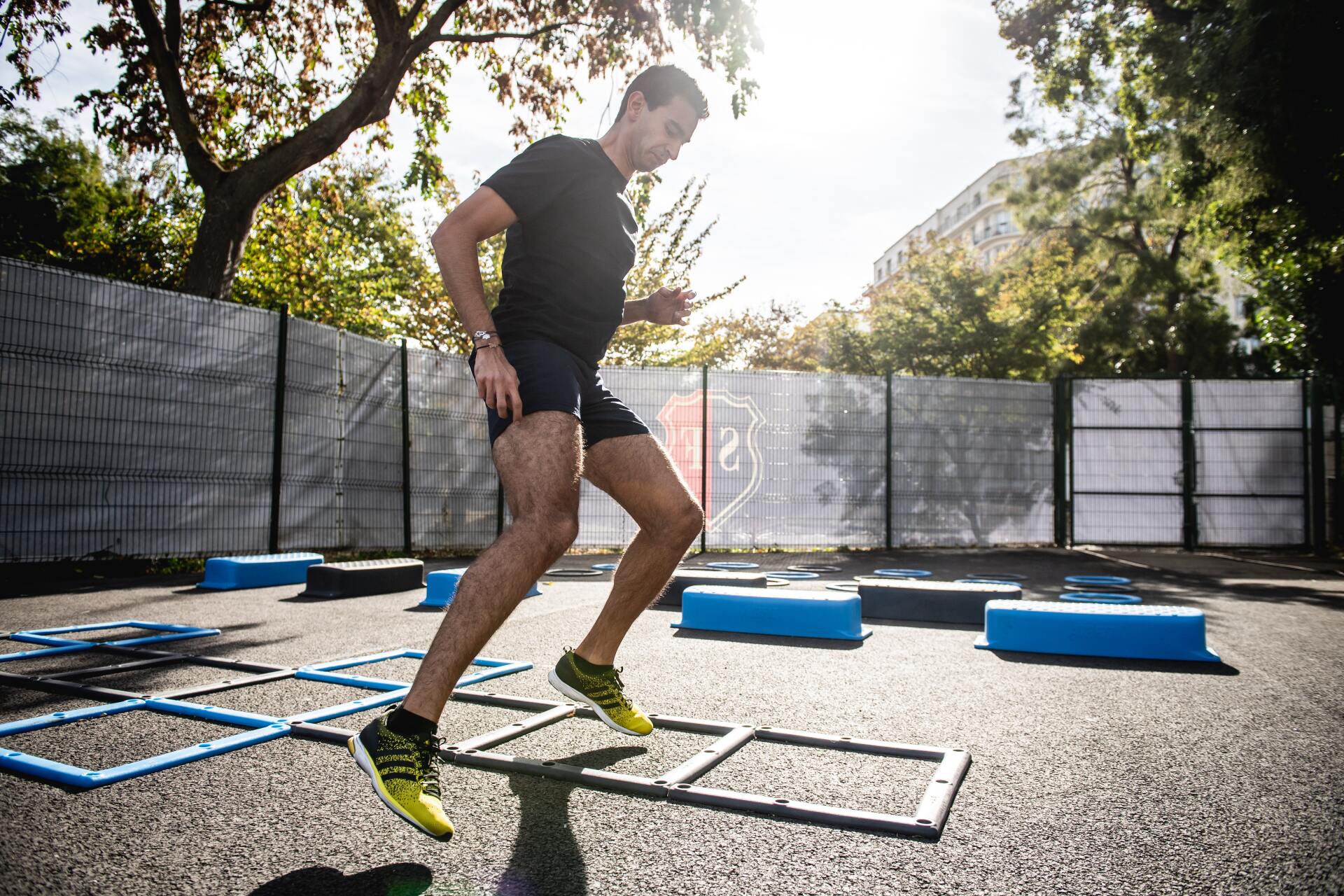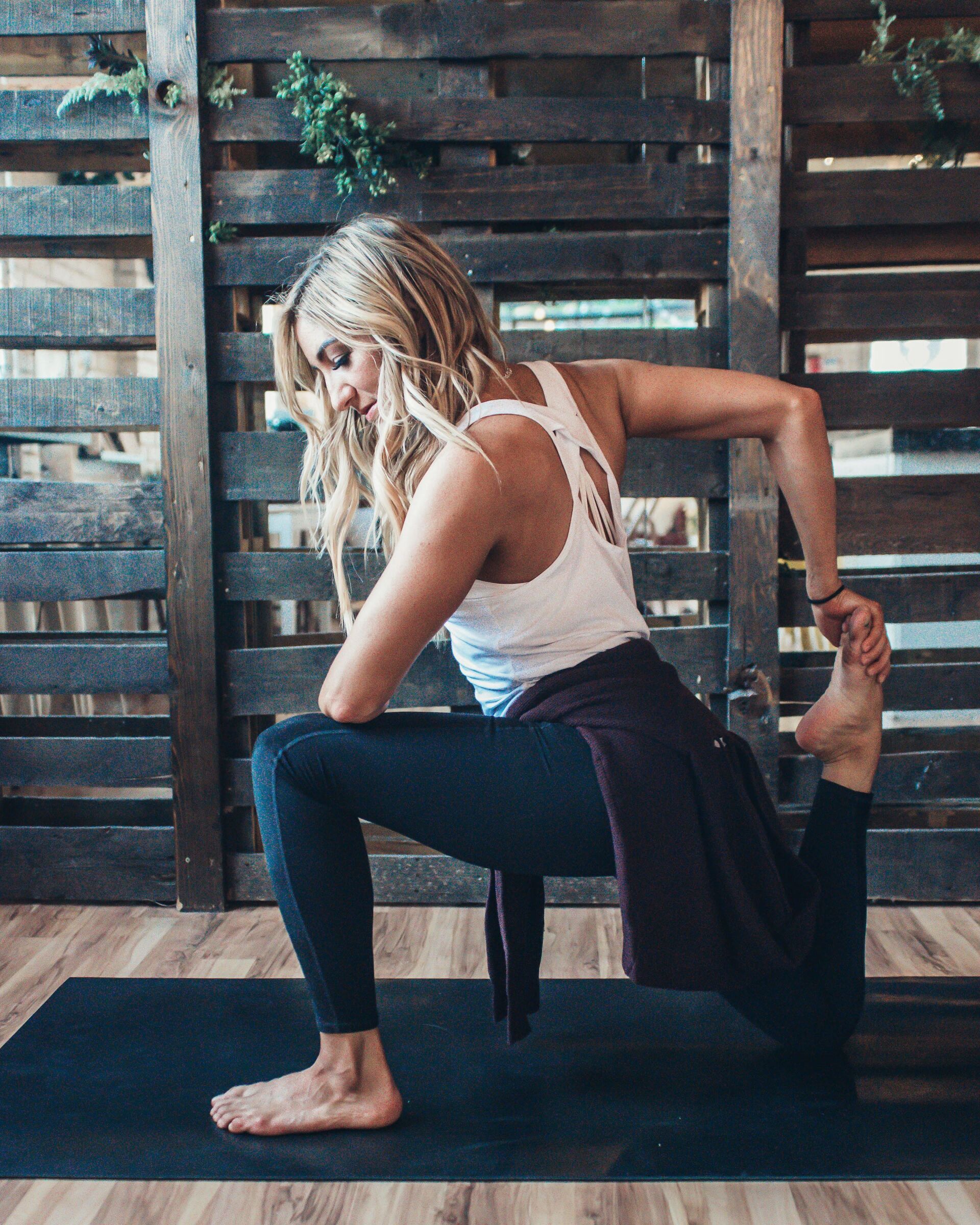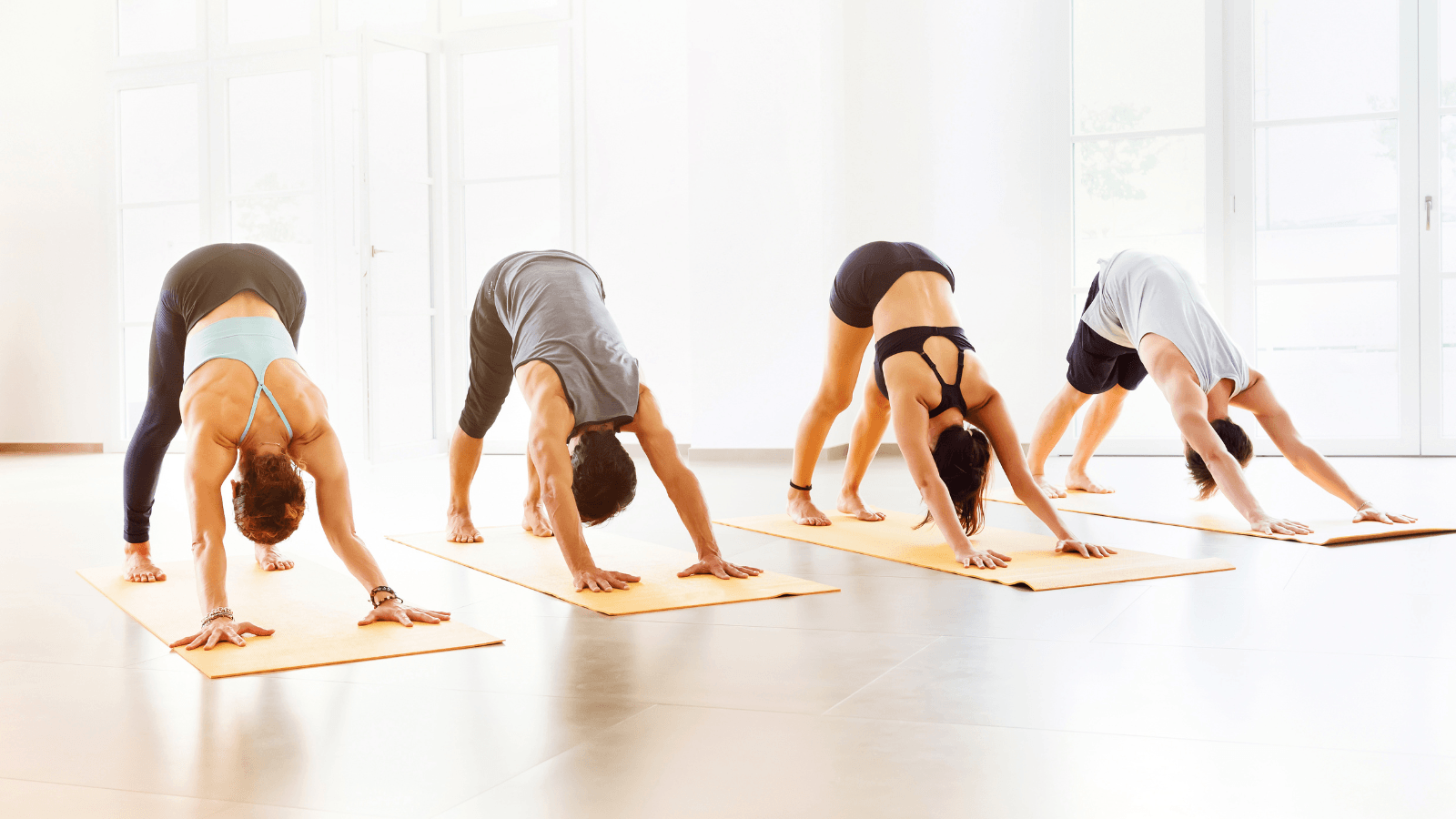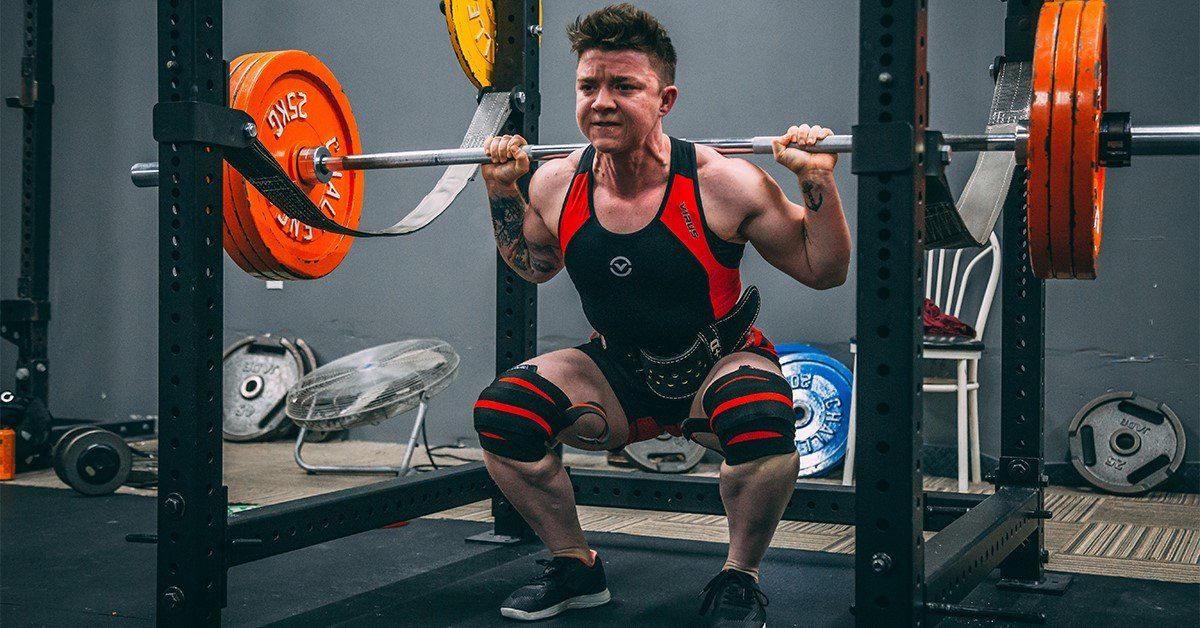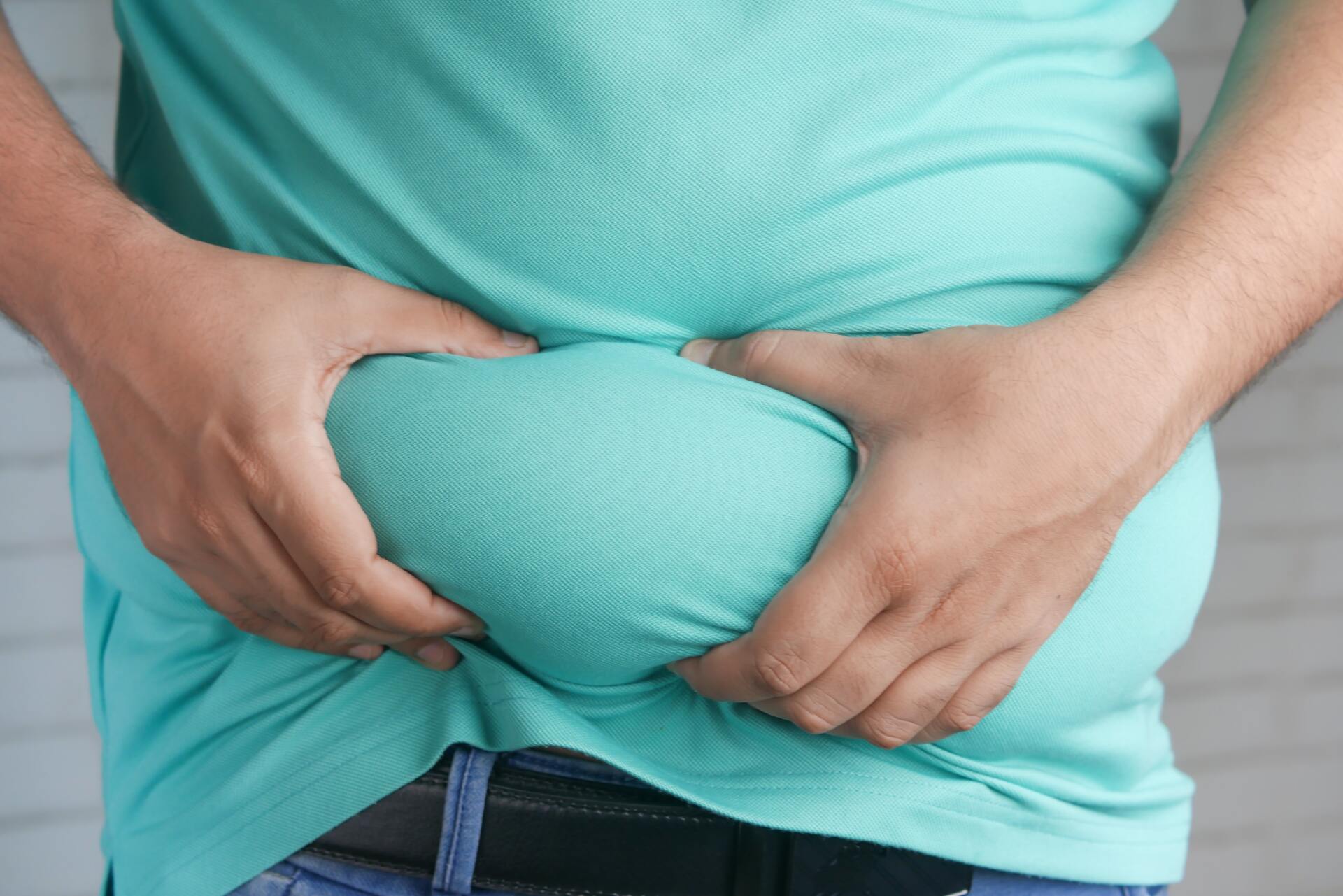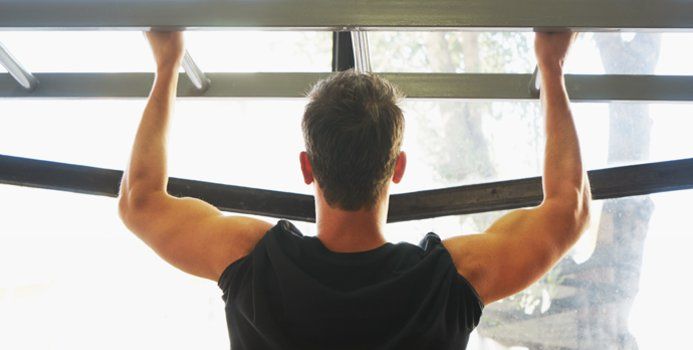Why You Should Be Foam Rolling
You have probably seen these at some point in your life, either at the gym or in your own home. In fact if you have been to any sort of health club, you have probably noticed few people rolling and writhing around on cylindrical pieces of foam. But how exactly do you use these foam rollers?
Honestly foam rolling is often overlooked, or is something people never get around to doing. And while it is necessary to work hard during your workouts, it’s equally as important to make sure your body gets the recovery it needs. Foam rolling is a great way to help your body recover and get the most out of your workout. So let’s get into all the reasons you should be foam rolling as well as some common foam rolling exercises.
#1: Reduces Tightness and Soreness
Most of us have experienced that feeling after a hard workout where your muscles are sore and it’s a bit hard to move. It’s a rewarding feeling, but an uncomfortable one nonetheless. But foam rolling right after your workout (or even the next day) can help reduce some of that soreness and tightness.
But how exactly does foam rolling help? Well it works by massaging away fascia buildup in your muscles, which often lead to painful, sore muscles. Reducing this means you won’t have to skip your workout because you’re too sore from the previous day’s session.
#2: Flexibility
While it is often over looked, staying flexible is pretty important. After all maintaining flexibility throughout your life reduces injuries, improves your athletic performance and keeps you strong and healthy into old age. But how can you increase your flexibility?
Thankfully, foam rolling can help with that as well. Foam rolling can improve your performance and make you a more flexible, healthier athlete in general.
#3: Helps Prevent Injuries
When you work out hard, your muscles end up tight and develop knots from constant stress. And unless you want to pony up the cash to get a full body massage once or twice a week, your best bet for staying injury-free is to foam roll as often as possible.
When you foam roll out the tight spots, it prevents those areas from becoming injury trigger points which could eventually lead to shin splints, neck immobility, and even a popped rib. Taking that extra time to foam roll is definitely worth it, especially when it comes to preventing injuries.
#4: De-Stress
In today’s day and age stress is pretty common. All of us have experienced stress, whether that comes from your job, your home, your situation, etc. But how can you help your body manage stress? Foam rolling can help you in this department as well.
Foam rolling away the knots can help you de-stress at the end of a tough day—just like a massage would. That’s because when you release your knots and sore spots, the tension built up in your connective tissue releases and leaves you feeling less stressed.
Foam Rolling Exercises
Now that we know some of the benefits of foam rolling, let’s get into some common exercises.
Mid Upper Back
- Lean back against the roller, positioning it beneath your shoulder blades.
- Raise your hips slightly and maneuver your body up and down to find sensitive areas.
- Keep the roller between you shoulder-blade region. Avoid the neck and lower back, where there is little support.
- Take slow, deep breaths.
Calves
- In a seated position, support your body with your hands behind you to prop yourself up.
- Place one leg on the roller starting at the lower calf (above the Achilles).
- Roll your calf by moving your body slowly toward the roller.
- Search for sensitive areas along the calf.
- Turn the leg inward and outward to explore more areas.
Inner Thigh
- Begin in a face-down position and place the roller parallel to your body.
- Work your way slowly to the upper groin area until you identify the most sensitive area.
The Key Takeaway
In short, foam rolling is a great way to help you feel better and increase your athletic performance. It comes with a wide variety of benefits, including reduces soreness and decreasing stress. So don’t overlook foam rolling, it’s a great fitness tool!
Interested to find out how we can help YOU achieve your fitness and fat loss goals while still living your life? Checkout our personal training, group fitness classes or try a 7 day pass at our gym.

